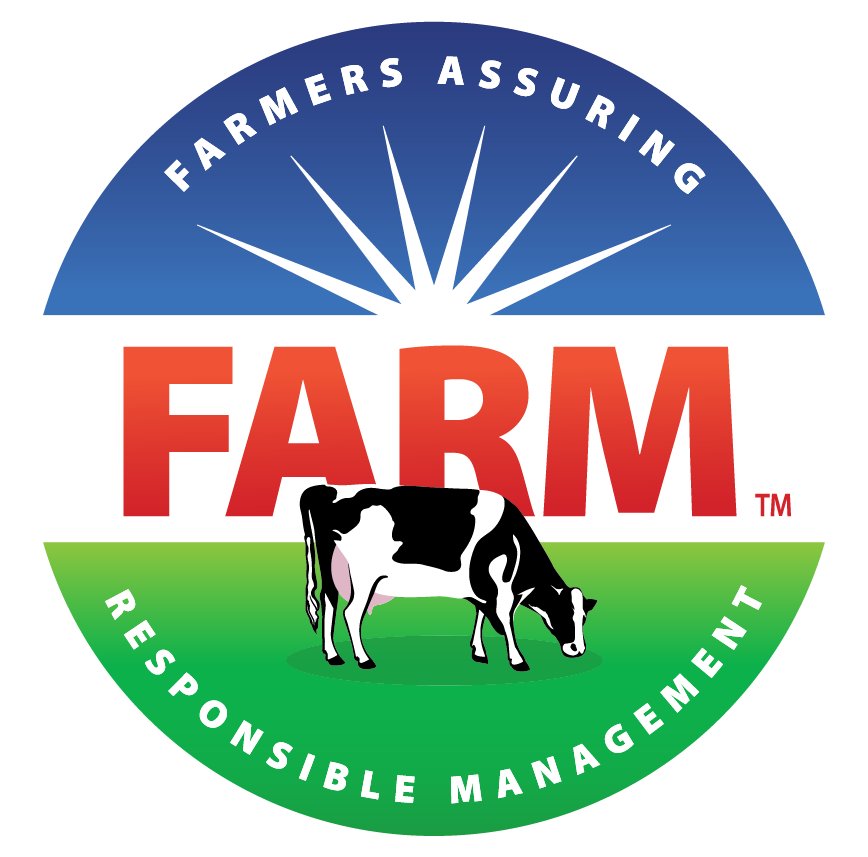For Robert L. Foster, ensuring sustainability is all about the small steps. For decades, his operation has implemented several environmental projects that have created a culture of continuous improvement on his farm in Vermont, and have won it countless awards for milk quality, environmental efforts and quality compost.
On Foster Brothers Farm Inc., the Fosters practice cover cropping, strip cropping and no-till planting. In 1992, they founded Vermont Natural Ag Products Inc., a composting company for agricultural residuals. Robert is a resident expert and champion for renewable energy and sustainability for his cooperative, Agri-Mark. He coined the term “cow power,” which is now the name of a project between Vermont dairy farmers and Green Mountain Power. Oh, and his family built the state’s first anaerobic digester in 1982.
But most recently, Robert has become a devoted advocate for FARM Environmental Stewardship, a voluntary assessment that helps dairy producers identify potential efficiency gains, cost savings, and to track their progress. Robert inputs his farm’s data on things like milk production records, energy statements, fuel usage, and more to determine the best actions to augment his current environmental projects.
“To improve any endeavor, one needs to be able to measure progress,” said Robert. “I believe tools like the FARM ES module provide a simple way to measure progress over time. It provides validation and specific examples that give credence to how and why what we do as dairy farmers benefits society.”
Foster Brothers Farm Inc. is a fifth-generation dairy and crop farm located in the Champlain Valley of Vermont with a wet herd of over 500 cows. A truly family affair, Robert farms with his brother, cousin, daughter, two nephews and second cousin. They raise corn, hay and soybeans for feed, and rye for seeding cover crops. They also farm over 1,500 acres and manage 400 acres of woodland.
Robert is a recently retired cooperative director for Agri-Mark’s Board of Directors for 37 years. He graduated the University of Vermont with a bachelor’s degree in agricultural engineering and a master’s in agricultural economics. After serving in the U.S. Army, Robert returned to the farm. Besides serving as the co-op’s resident environmental expert, Robert was the director of Agri-Mark’s Young Cooperator program and of Agri-Mark’s Board of Directors.
Sustainability has been a pinnacle of the Foster family operation for over 20 years. Vermont Natural Ag Products Inc. purchases extra nutrients from farms and moves them into the broader marketplace through a line of compost products, from cow manure to potting mixes. And the Fosters have no intention of stopping there.
“My goal is to leave our businesses in a better place, and to encourage a culture of continuous improvement in the way we use resources to convert solar energy into resources for the betterment of the world,” Robert said. “I believe that agriculture has a great story about being a pioneer in sustainable stewardship.”

Bob Foster and Family







